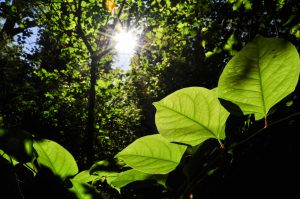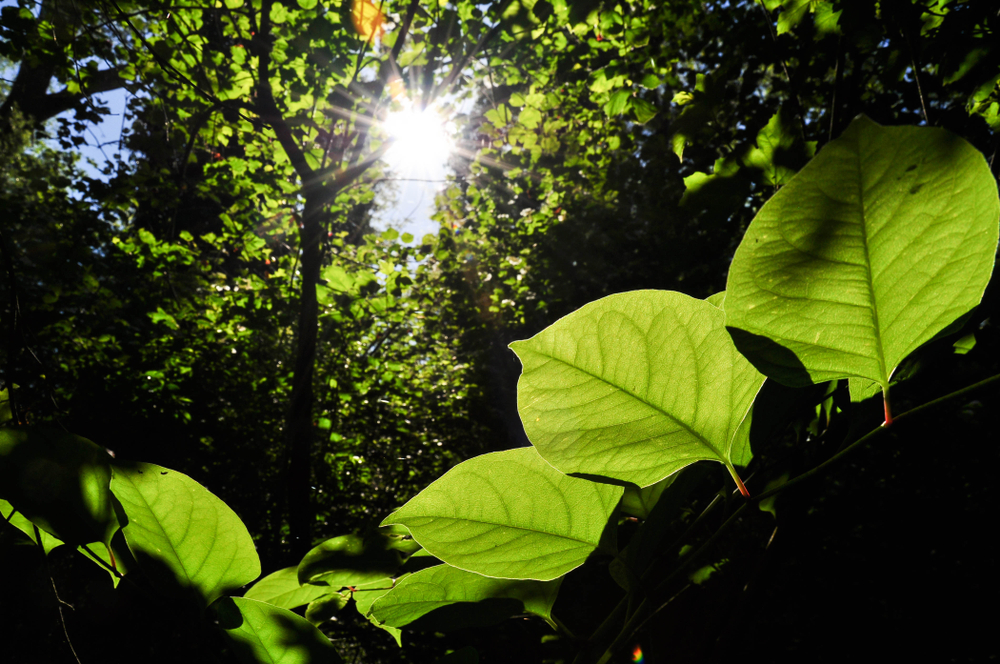A solicitor has reported a ‘spike in enquiries’ from homeowners concerned the soaring spring temperatures are fueling the growth of Japanese knotweed.
 The invasive plant, which can devalue house prices and pose a threat to mortgage applications, is particularly responsive to the weather conditions we have been experiencing in the UK so far this year.
The invasive plant, which can devalue house prices and pose a threat to mortgage applications, is particularly responsive to the weather conditions we have been experiencing in the UK so far this year.
In fact, the mix of warm and wet weather throughout late winter has created ‘super growing’ conditions for knotweed, which has the potential to cause damage to properties.
With temperatures soaring above 20°C over the Easter weekend and experts predicting one of the hottest springs on record, homeowners are being warned to prepare for a ‘super spring’ of Japanese knotweed growth.
According to the ‘Knotweed Help’ team at Cobley’s Solicitors, which specialises in the infestation cases of the weed, there has been a higher-than-normal spike in enquiries from concerned homeowners this year.
Mark Montaldo, solicitor and head of litigation at Knotweed Help, said usually, at this time of year, they would only just start to see the knotweed plants emerging, but this year the plants had already grown by a couple of metres.
“Growth will accelerate as much warmer than average temperatures move in,” he said.
“This is at a time when people are typically getting out into their gardens and also one of the busiest times for new houses going onto the market. People are noticing the weeds and are worried about the risk of structural damage and how knotweed can affect their house price.”
Montaldo reported there had been a rise in knotweed litigation cases because of encroachment. Indeed, it’s against the law to let knotweed encroach onto surrounding land and property.
He added: “As this warmer weather is likely to lead to a spread of knotweed, we’d advise people to use this as an opportunity to get outdoors and identify it on their own land and neighbouring properties, and then seek professional support as it’s also illegal to dig up and improperly dispose of knotweed.”
The effects of Japanese knotweed
According to Japanese knotweed removal firm, Environet UK, the weed causes damage to homes by pushing through cracks in concrete, cavity, walls and drains. It estimates the in the past 20 years knotweed has knocked around £20 billion off house prices.
What to look for
The knotweed plant has stems that look like bamboo but are green with purple flecks throughout. It has large, shovel-like leaves that grow yellowish-brown in spring and become a lush green during the summer, with the weed flowering into small white clusters throughout the autumn.
Nic Seal, Managing Director at Environet UK, said: “The roots of knotweed on mature plants create an extensive network of rhizomes which extend deep into the ground and are hard to kill.
“Rhizomes are actually quite brittle. Breaking off a small piece the size of your finger-nail can grow into a new plant resulting in rapid knotweed spread. It’s the rhizomes that can cause damage to property and affect mortgage lending, which adversely affects the property’s value.”
Mortgage lenders will generally not lend on homes with Japanese knotweed unless the infestation is more than 20 metres from the property and if there is a treatment plan in place by an approved specialist. You can also take out a specialist indemnity policy which will cover the costs of any repairs, legal costs and treatment.














